“Was it aged in oak barrels?” I asked after sniffing the Chardonnay. The man responsible for it shook his head and said, “No, it was made in stainless steel vats. He has never seen an oak tree.
It was 1981. I had been writing about wine for a few years at that time and this wine looked like it had been in oak. I was wrong, said winery president John Fetzer.
Quality journalism does not happen without your help. Subscribe today!
The wine, Fetzer’s Sundial Chardonnay, was one of the country’s most popular everyday table wines at the time, and I was confused by the aroma. I said it was well made and excellent value, as it was one of the cheapest chardonnays on the market at the time.
So what explains my guess that it was oak?
John then revealed what was going on. He said his winemakers bought grapes from Monterey County that they knew had mild sunburn.
“Sometimes a little sunburn smells like barrel-aged wine,” he said. So was my upbringing in this extremely complicated drink launched with a reality that much of what we see, read, hear or perceive is not what it seems.
People also read…
Even some supposedly authoritative authors have written things that are wrong. I have read or skimmed through dozens of wine books over the past five decades and the more I learn about wine the more I realize how little I and some wine writers know. I revel in all the new things I learn about it almost daily, even though most of it never gets printed.
It also amuses me when I read “facts” that are actually lies. Or maybe the writer just wasn’t aware of the details. It all depends on the research skills of the writer.
Much of what I glean is technical – so abstruse that it is of no use to most wine buyers. Yet it is the fabric of today’s viticulture in the world.
In a recent column here, I used the phrase “and other lies” in reference to some of the “innocent” lies going on in this industry – such as “reserve wines”. Most of this self-promotion is harmless, but some of it seems harmful to me.
Here are some stories that come to mind:
• A popular blended red wine is a hit with a lot of people. I recently learned that it contains a significant amount of a legal but pernicious color additive that also alters the aroma and taste of a red wine. I tested this wine. It looked less like wine and more like alcoholic Kool-Aid. A retail salesperson, hearing that I was a wine writer, asked me why I didn’t like this wine. I didn’t have an hour to explain myself.
• I tasted a $90 Napa Cabernet months ago and found it incredibly sweet, almost as if sugar had been added. Of course, added sugar is illegal – although that wouldn’t stop some people. The US government doesn’t really care about such a violation of the rules and it has no way to test it. A month later, I spoke about it to a winegrower friend. He said it’s possible the winemaker who made the pricey Cab added a product containing gum arabic, a legal additive that can make a wine sweet. (So wine is better with milk chocolate?)
• A cheap Merlot turned out to be loaded with “oak” flavors; if grapes had been used to do so, they were not obvious. But what I smelled was not oak barrels. Some people use oak chips for flavoring. But in this wine I was pretty sure it was “flavored” with liquid oak extract. It smelled artificial.
• A well-known wine critic has claimed for decades that the smaller the tonnage of grapes in a vineyard, the better the quality of the wine. If that were true, the best wine would come from a vineyard that didn’t produce any fruit! Decades ago, I asked Dr. Richard Smart, one of the world’s foremost vine scientists, if great wine required small tonnages. He said that the best wines come from balanced vines and that small tonnages are absolutely no guarantee of quality. Smart added that many vineyards in Napa Valley produce far too little fruit to make very good wine. Sometimes a little more fruit is better, he says.
• During the great replanting of California’s North Coast vineyards 30 years ago, a large majority of grape growers adopted a trellising system called Vertical Shoot Positioning (VSP). Many said they read that Dr. Smart recommended it. Years later, I asked Dr. Smart if VSP was a versatile trellis solution for the entire North Shore. He replied no, that multiple trellising systems are appropriate depending on multiple factors, and that each site requires a unique system. One system is not suitable for all cases.
• For decades I’ve heard people say that dry farming (no irrigation at all) was the best way to make good wine, that if you irrigated your vines the resulting wine would be terrible. Such a claim cannot be true, and a few weeks ago I tasted a superb red from Sierra foothills winemaker Jeff Runquist (Petit Verdot 2019, $27). I asked him how it was done. He said he discovered a hot-climate vineyard (the San Joaquin Valley!) that had been poorly cultivated. He asked the winemaker to irrigate the vines well for weeks before the harvest. The result is a prime example of why each vineyard should be grown individually to achieve the best result.
• I tasted an attractive Chardonnay from winemaker Nick Goldschmidt last week that had a rich mid-palate presence so I asked how he did it. Nick, one of the world’s top winemakers, said he didn’t use standard texture-enhancing tactics, but simply added extra lees to the wine, giving it more richness. and body. Such tactics must be employed knowingly to avoid problems. But Nick is a perfectionist and this wine clearly speaks to his Russian River Valley heritage.
2019 Goldschmidt Chardonnay Singing Tree, Russian River Valley ($19) – This mesmerizing wine has an appealing aroma of lemon curd with a bit of tropical fruit, but its biggest feature is a rich mid-palate. Its creaminess is balanced by a superb acidity, making it both a terrace dish and a seafood side dish.
Discover the week in cartoons
Cartoon by Clay Bennett
Bennett clay
Cartoon by Lisa Benson

Lisa Benson
Cartoon by Tim Campbell

Cartoon by Lisa Benson

Lisa Benson
Cartoon by Jeff Danziger

Jeff Danziger
Jack Ohman, Editorial Cartoon

Jack Ohman, Sacramento Bee
Jack Ohman
Bennett clay

Bennett clay
Cartoon by Jeff Danziger

Jeff Danziger
Cartoon by Tim Campbell

Jack Ohman, Editorial Cartoon

Jack Ohman, Sacramento Bee
Jack Ohman
Cartoon by Clay Bennett

Bennett clay
Cartoon by Jeff Danziger

RGB Version
Jeff Danziger
Cartoon by Tim Campbell

Cartoon by Jeff Danziger

Jeff Danziger
Cartoon by Clay Bennett

Bennett clay
Cartoon by Tim Campbell

Jack Ohman, Editorial Cartoon

Jack Ohman, Sacramento Bee
Jack Ohman
Cartoon by Clay Bennett

Bennett clay
Cartoon by Jeff Danziger

Jeff Danziger
Dan Berger lives in Sonoma County, California, where he publishes Vintage Experiences, a subscription-only wine newsletter. Write to him at [email protected]. He is also co-host of California Wine Country with Steve Jaxon on KSRO Radio, 1350 AM.
 Fredericksburg, Texas would be worth a visit just to take in the natural beauty of the Texas Hill Country in the spring and soak up its German heritage. But the main draw of the city, about 70 miles from Austin or San Antonio, is its reputation as the epicenter of the Texas wine scene. With […]]]>
Fredericksburg, Texas would be worth a visit just to take in the natural beauty of the Texas Hill Country in the spring and soak up its German heritage. But the main draw of the city, about 70 miles from Austin or San Antonio, is its reputation as the epicenter of the Texas wine scene. With […]]]> When we think of high-quality wine produced in the United States, we think first of California. However, Arizona vineyards are gaining in prestige and more and more wineries continue to enter the market, producing unique, high quality wine. The warm climate and high altitude provide a good environment for growing grapes. With low temperatures in […]]]>
When we think of high-quality wine produced in the United States, we think first of California. However, Arizona vineyards are gaining in prestige and more and more wineries continue to enter the market, producing unique, high quality wine. The warm climate and high altitude provide a good environment for growing grapes. With low temperatures in […]]]>




 The scientists who developed the Nutri-Score AE health food labeling system in France call for all alcoholic beverages to be labeled “F”. This in addition to showing its sugar and calorie content, said nutritionist Professor Serge Hercberg, one of the diet’s founders. The idea predictably infuriated the wine industry, including in Italy. The EU would […]]]>
The scientists who developed the Nutri-Score AE health food labeling system in France call for all alcoholic beverages to be labeled “F”. This in addition to showing its sugar and calorie content, said nutritionist Professor Serge Hercberg, one of the diet’s founders. The idea predictably infuriated the wine industry, including in Italy. The EU would […]]]>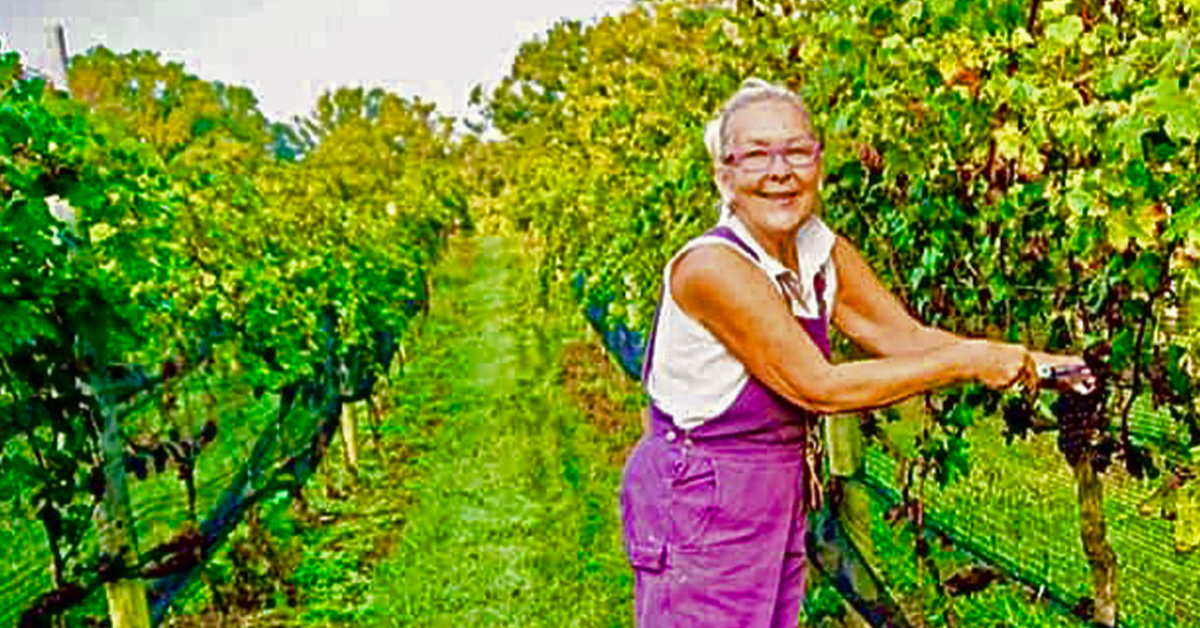 Jane Kincheloe, co-owner and founder with her son, Kirk Wiles, of Paradise Springs Winery in Clifton. It is the first bi-coastal winery in the United States, having opened Paradise Springs West in Santa Barbara, California in 2014. (Photo courtesy) Alexandria, VA – Living and working vicariously through streaming media and zoom platforms has become a […]]]>
Jane Kincheloe, co-owner and founder with her son, Kirk Wiles, of Paradise Springs Winery in Clifton. It is the first bi-coastal winery in the United States, having opened Paradise Springs West in Santa Barbara, California in 2014. (Photo courtesy) Alexandria, VA – Living and working vicariously through streaming media and zoom platforms has become a […]]]>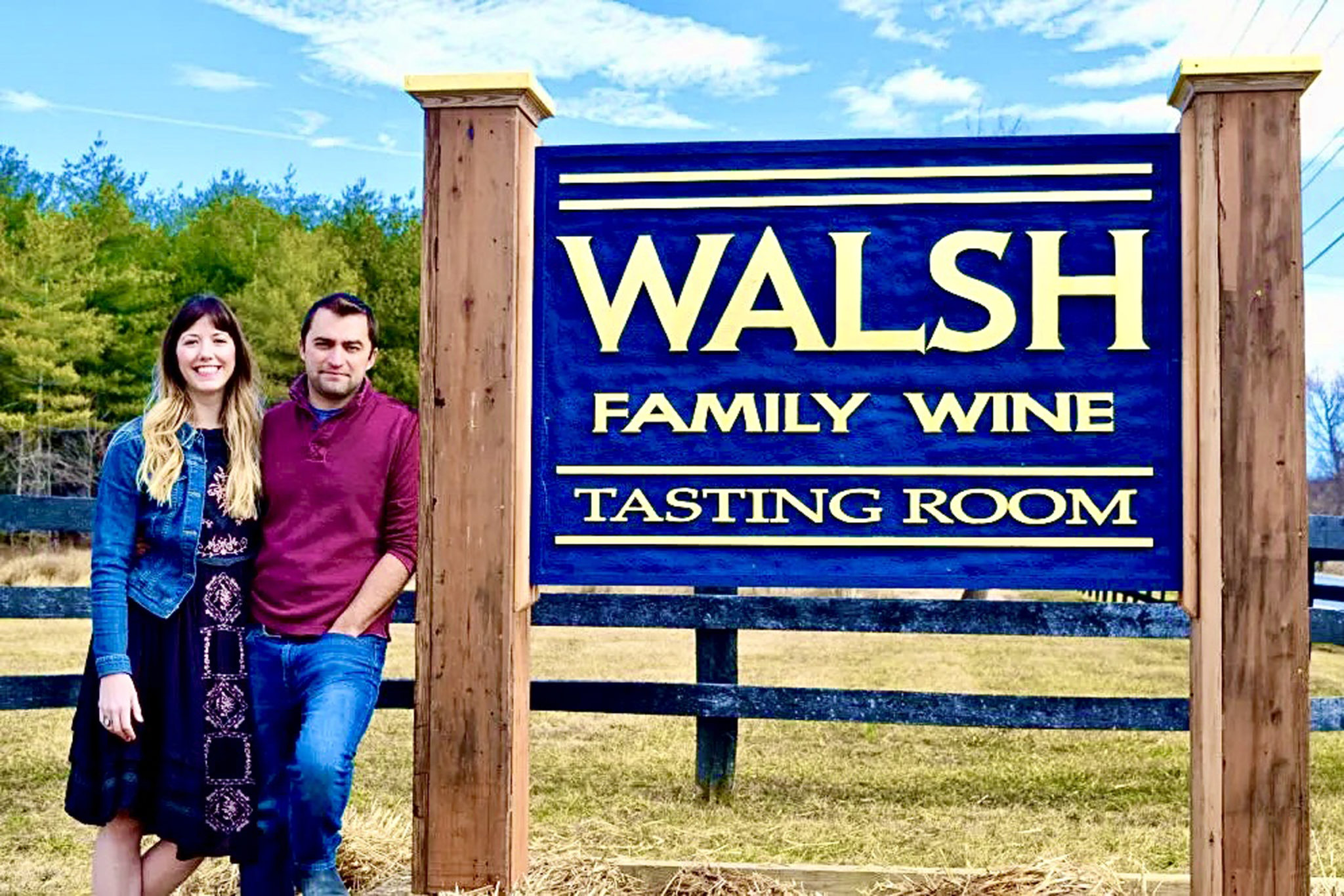
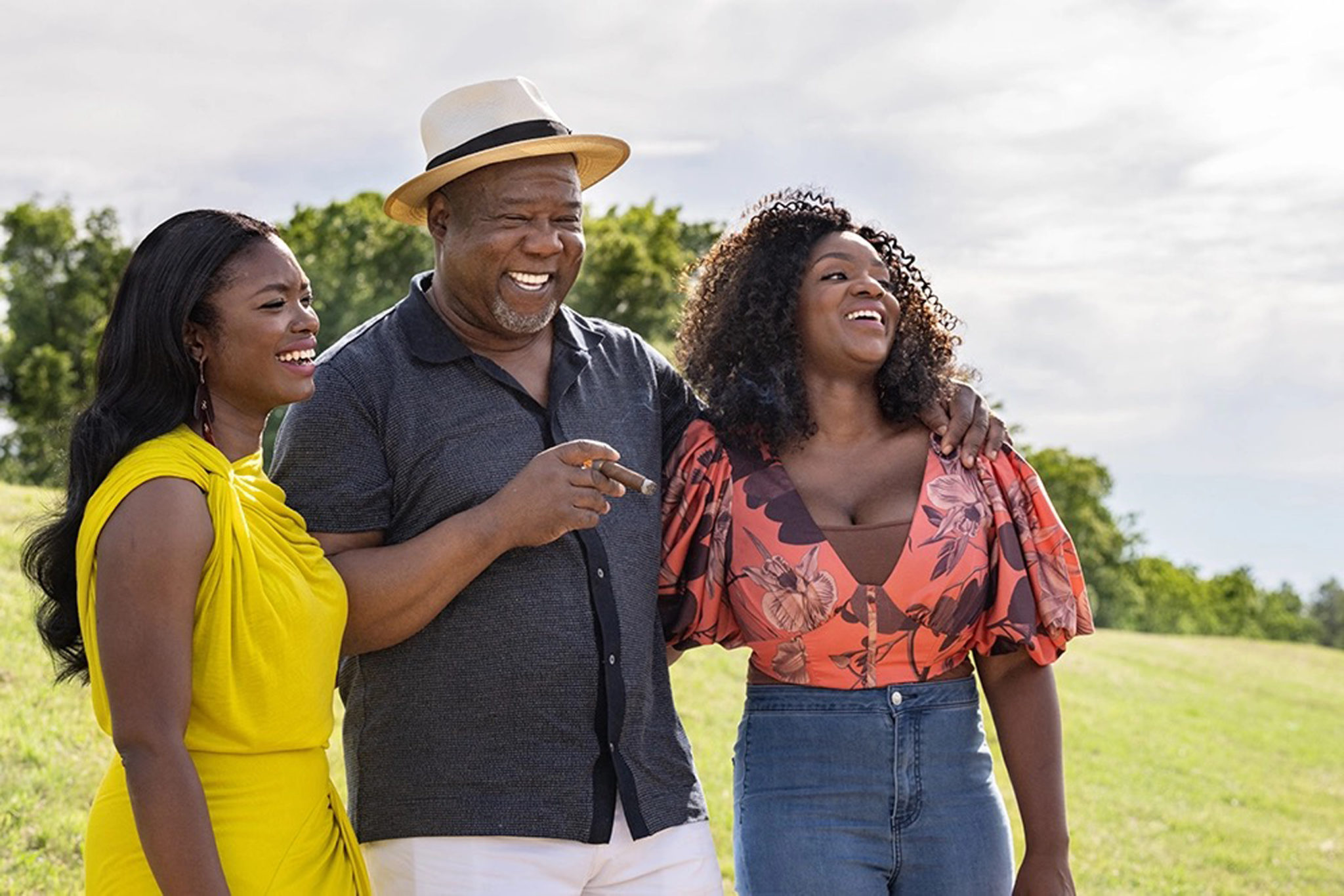
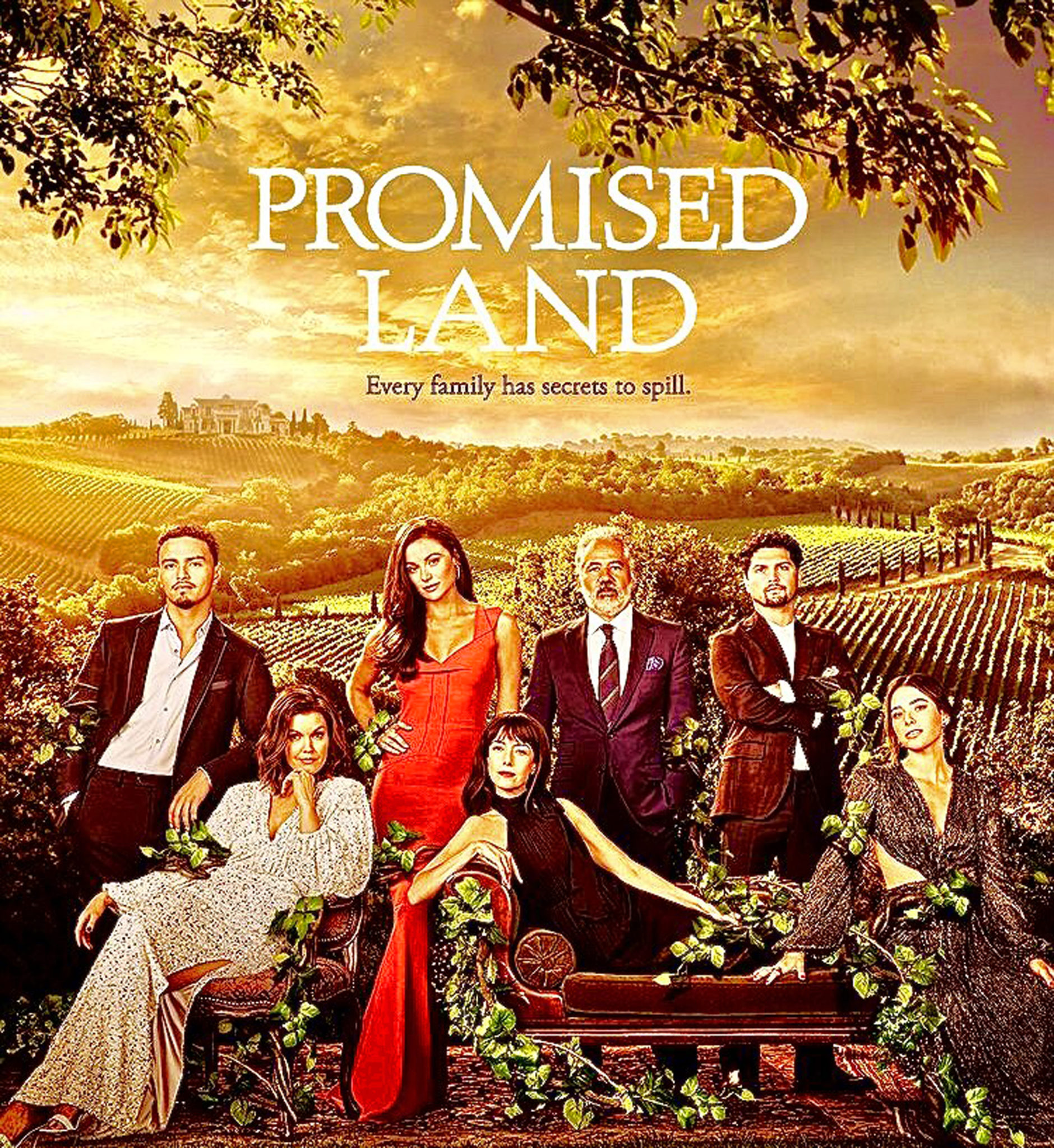
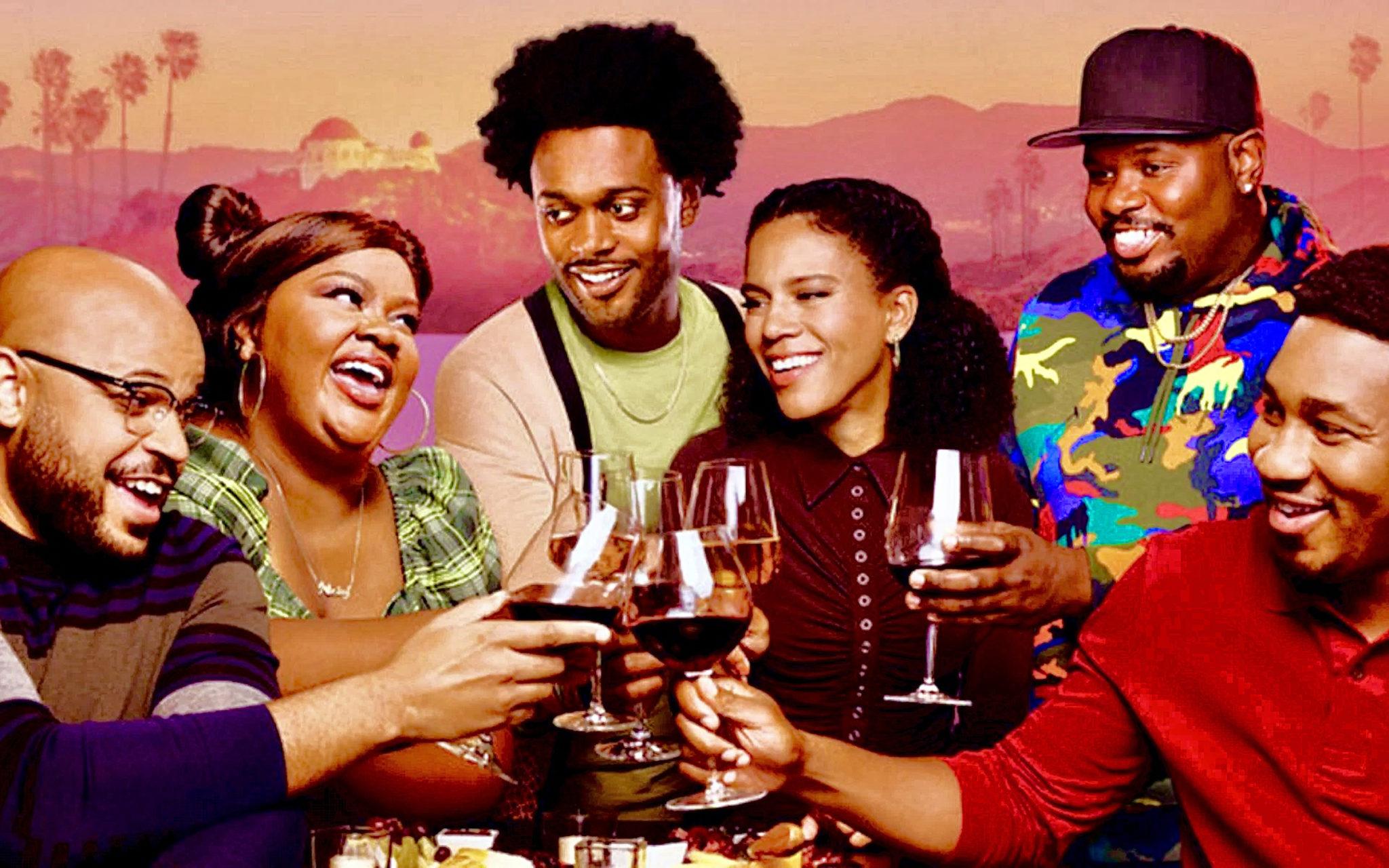
 “Was it aged in oak barrels?” I asked after sniffing the Chardonnay. The man responsible for it shook his head and said, “No, it was made in stainless steel vats. He has never seen an oak tree. It was 1981. I had been writing about wine for a few years at that time and this […]]]>
“Was it aged in oak barrels?” I asked after sniffing the Chardonnay. The man responsible for it shook his head and said, “No, it was made in stainless steel vats. He has never seen an oak tree. It was 1981. I had been writing about wine for a few years at that time and this […]]]>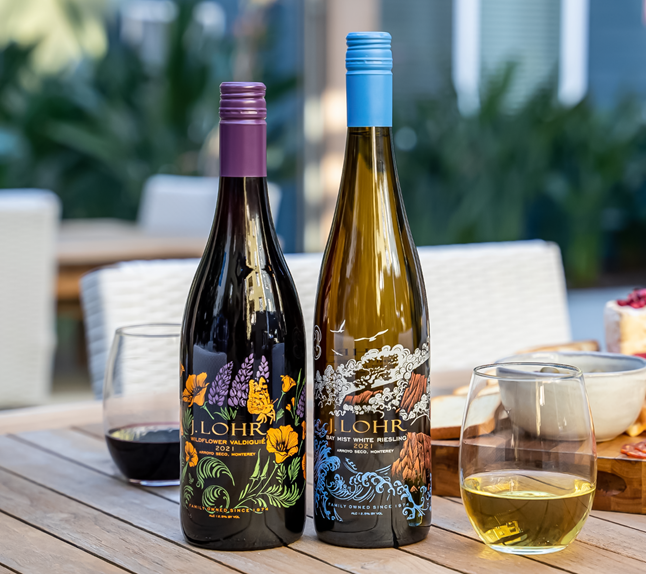 Advertising Iconic images of cool-climate Monterey County reflected in new versions of J. Lohr Bay Mist White Riesling and J. Lohr Wildflower Valdiguié San Jose, California – (February 15, 2022) – J. Lohr Vineyards & Wines is proud to unveil J. Lohr Monterey Roots, a new line of wines highlighting J. Lohr’s history of excellence […]]]>
Advertising Iconic images of cool-climate Monterey County reflected in new versions of J. Lohr Bay Mist White Riesling and J. Lohr Wildflower Valdiguié San Jose, California – (February 15, 2022) – J. Lohr Vineyards & Wines is proud to unveil J. Lohr Monterey Roots, a new line of wines highlighting J. Lohr’s history of excellence […]]]> San Jose, California – (February 15, 2022) – J. Lohr
San Jose, California – (February 15, 2022) – J. Lohr  red wine, J. Lohr Estates, J. Lohr Monterey Roots and ARIEL Vineyards. The company’s online home is
red wine, J. Lohr Estates, J. Lohr Monterey Roots and ARIEL Vineyards. The company’s online home is 
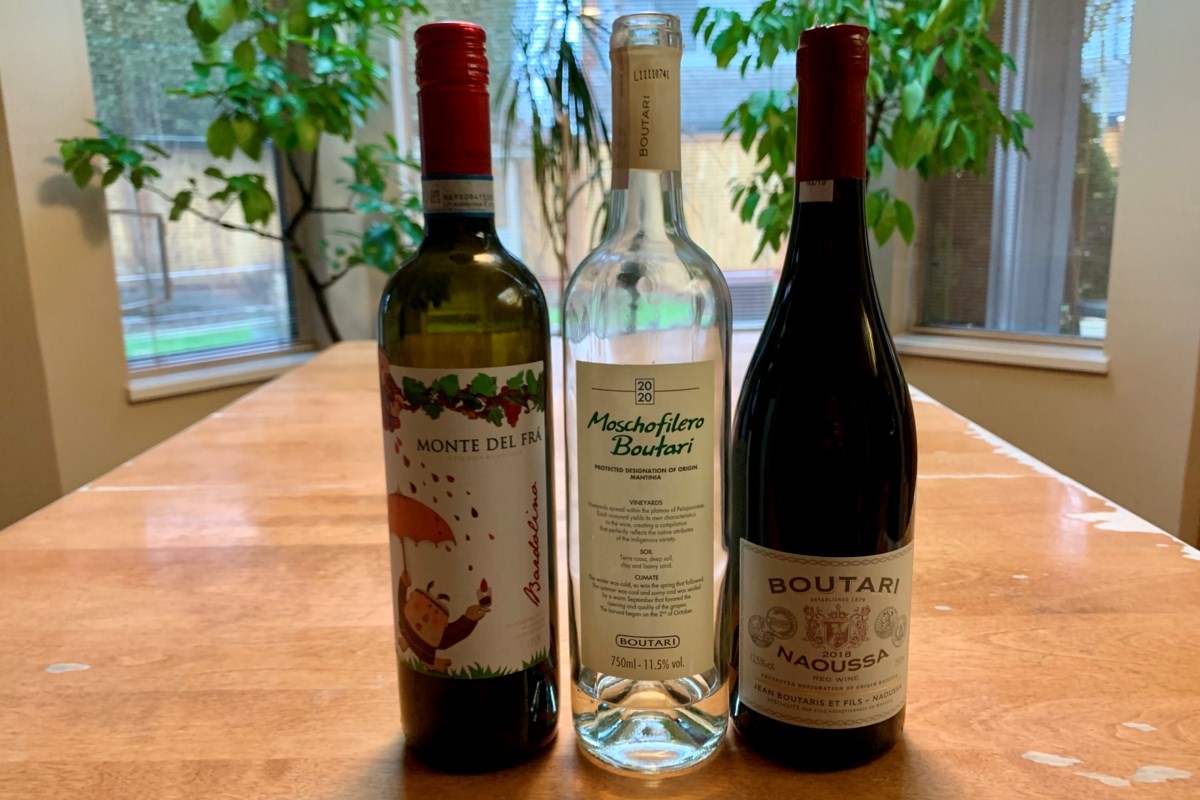 When asked what they think of Greek white wines, most wine drinkers will think of Retsina and wince! Retsina has the distinctive smell and taste of pine resin or Pinesol. And that is an acquired experience! For something completely different, do yourself a favor and pick up a bottle of 2020 Boutari Moshofilero ($18.99; 91 […]]]>
When asked what they think of Greek white wines, most wine drinkers will think of Retsina and wince! Retsina has the distinctive smell and taste of pine resin or Pinesol. And that is an acquired experience! For something completely different, do yourself a favor and pick up a bottle of 2020 Boutari Moshofilero ($18.99; 91 […]]]>



















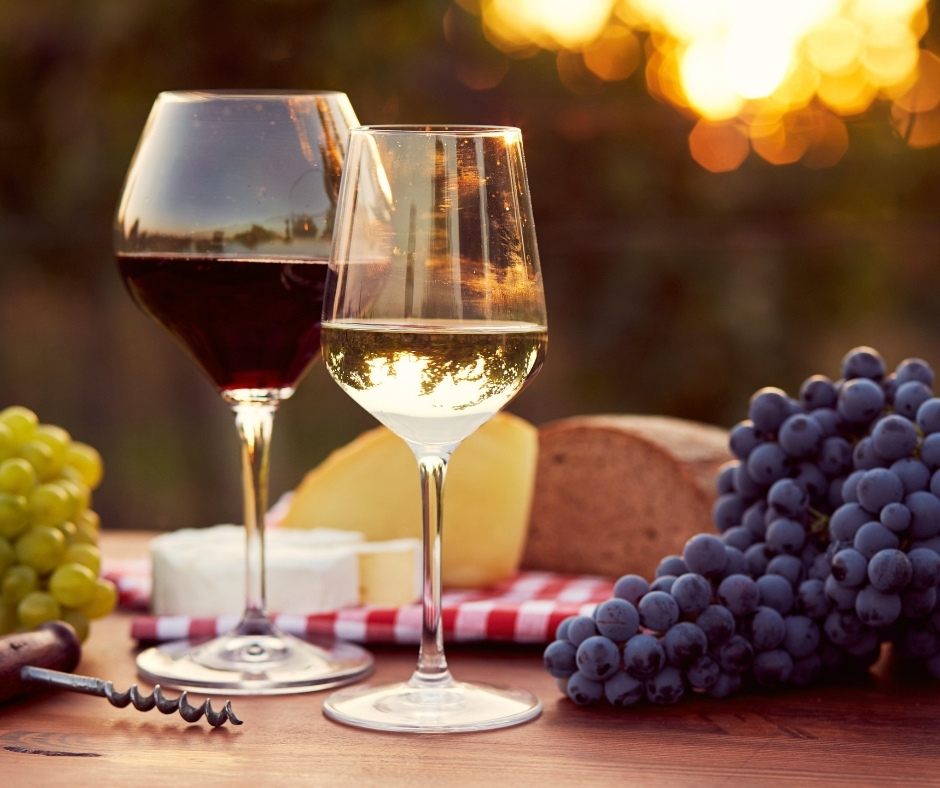 Whether you prefer a glass of translucent Irsai Olivér or a deep ruby Egri Bikavér is a matter of personal taste. However, when it comes to the question of which is healthier, we probably couldn’t give a quick and straightforward answer. Do you wonder that in the battle of red wine against white wine, which […]]]>
Whether you prefer a glass of translucent Irsai Olivér or a deep ruby Egri Bikavér is a matter of personal taste. However, when it comes to the question of which is healthier, we probably couldn’t give a quick and straightforward answer. Do you wonder that in the battle of red wine against white wine, which […]]]>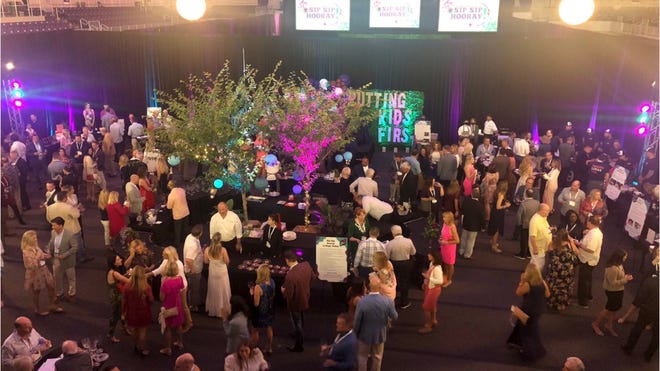 Oenophiles, whether experts or simple enthusiasts, all know Red, White and Rosé Wines, the colors come from the manipulations during the production. Specifically, they come from the skin of grapes. Virtually all wine juices are clear and relatively the same. White wines produced by separating the juice from the greenish skins immediately after crushing. Red […]]]>
Oenophiles, whether experts or simple enthusiasts, all know Red, White and Rosé Wines, the colors come from the manipulations during the production. Specifically, they come from the skin of grapes. Virtually all wine juices are clear and relatively the same. White wines produced by separating the juice from the greenish skins immediately after crushing. Red […]]]>
